Wonderfully sharp.
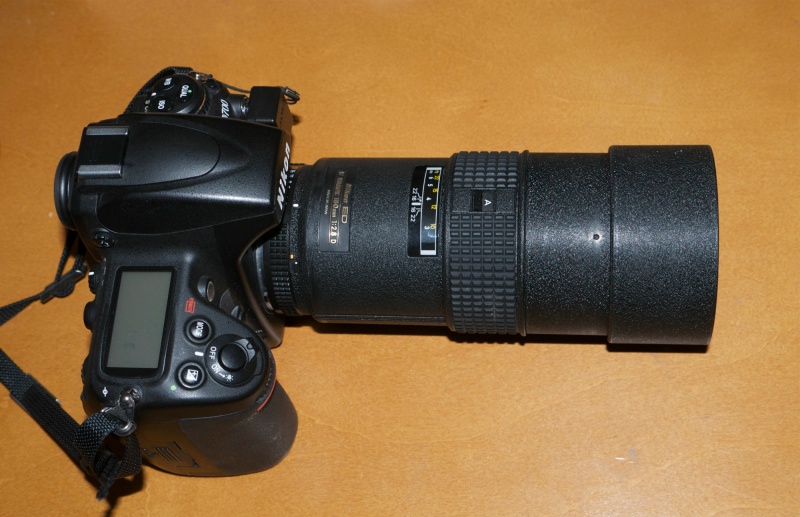
The 180mm Nikkor f/2.8 on the Nikon D700.
I confess I miss the superb 200mm f/2.8 Canon EF autofocus lens I used to use on my 5D body, so when an opportunity arose to buy a used 180mm f/2.8 ED Nikkor AF-D on the estimable Fred Miranda forum (unlike eBay, it’s home to sellers with integrity) for just $375, I snapped it up. The lens retails new for $900. Mine has some superficial wear on the crinkle finish but the mechanics and optics are fine, and that’s what matters to me. At 27 ounces (same as the Canon) it’s 6 ounces heavier than the gorgeous 200mm f/4 Nikkor I own but a stop faster and with auto focusing. Worth the difference so long as you need f/2.8!
The lens, as with all Nikon AF-D lenses, uses the ‘screwdriver’ focus mechanism. A slotted pinion in the lens drives the focus rack and is in turn driven by a screwdriver attached to a motor in the bayonet flange on the body. A bit Rube Goldberg, perhaps, but it does assure compatibility with a large number of older Nikon bodies back to the film era. For digital users, screwdriver focus is still included in pro/prosumer bodies (Like the D2/3/4, D800/700/600) and in the better amateur ones (D300/300S/7000 etc)
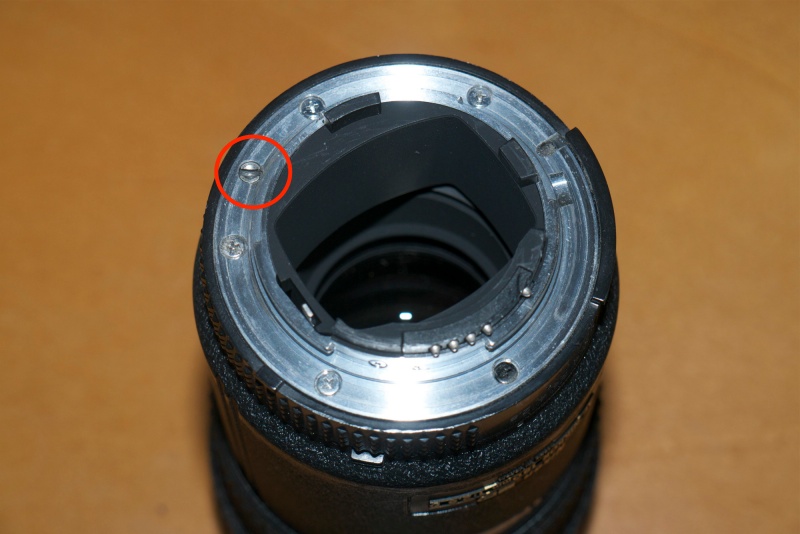
The screwdriver pinion in the flange of the lens.
The drawback of screwdriver focus is that it is slower than the linear in-lens motors found in Nikon’s latest AF-S lenses and, incidentally, in all Canon auto focus digital lenses in various guises. As Nikon does not offer this lens in an AF-S version, if you want a Nikon 180 f/2.8 you have two choices – this lens or the much costlier and heavier 70-200 f/2.8 for some $2,400, weighing in at a porky 54 ounces. However, the zoom adds Vibration Reduction, sadly missing from the 180mm optic.
Balance on the heavy D700 body is excellent and makes for an easily hand-held combination. It’s even better on the larger D2X with it superior ergonomics. With the APS-C frame in the D2X the lens becomes 270mm long. The lens is light enough that no tripod collar is required for tripod use. The black crinkle alloy barrel is functional enough (as in functional-ugly) and cannot hold a candle to the machined, mechanical beauty of the early 200mm f/4 MF lens. Then again, nothing can.
As with the 300mm ED IF MF Nikkor, there is no glass between the rear of the diaphragm and the lens mount, so keeping a lens cap on the rear when not in use is probably a wise precaution to prevent debris interfering with the aperture blades.
Minimum focus distance is 5 feet, which is like a 50mm focusing down to 17 inches. Frame filling portraits are not a problem. The focus barrel has an M-F switch but it’s a bit funky design wise. Switch it to A and it’s locked, operable solely by the motor in the camera. Switch it to M and you can focus manually but the focus confirmation light (D700 and D2X) remains fixed and unvarying. Only when you change the C/S/M control on the camera’s escutcheon to ‘M’ does the focus confirmation light come into play and the screwdriver connection is de-clutched, evidenced by the smooth turning of the focus collar on the lens. Still, that sounds worse than it is because, for all except photography of fast-moving objects coming at the camera, the AF in this Nikkor is fast enough and is absolutely dead on accurate on my two bodies. The latest AF-S lenses have none of this MF complexity – just grab and twist the focus ring to override AF.
ED in the designation denotes the use of high refractive index glass for selected elements and IF means Internal Focus, the length of the lens remaining unchanged as it is focused. No external part of the lens rotates during autofocus for those into polarizing filters and the like. The extensible lens hood is built-in and does not wobble once extended.
The real beauty of this lens is to be found at f/2.8. What little vignetting there is can be automatically corrected in Lightroom which ships with the lens profile for the 180mm. My lens was recognized correctly and the profile automatically corrected both vignetting and minor pincushion distortion.
This is very much a ‘glamor lens’ and one you want to use fully open all the time. Backgrounds are massively blurred making the subject simply pop – these are all at full aperture on the D700 snapped while taking the pup for his evening ramble around the ‘hood:
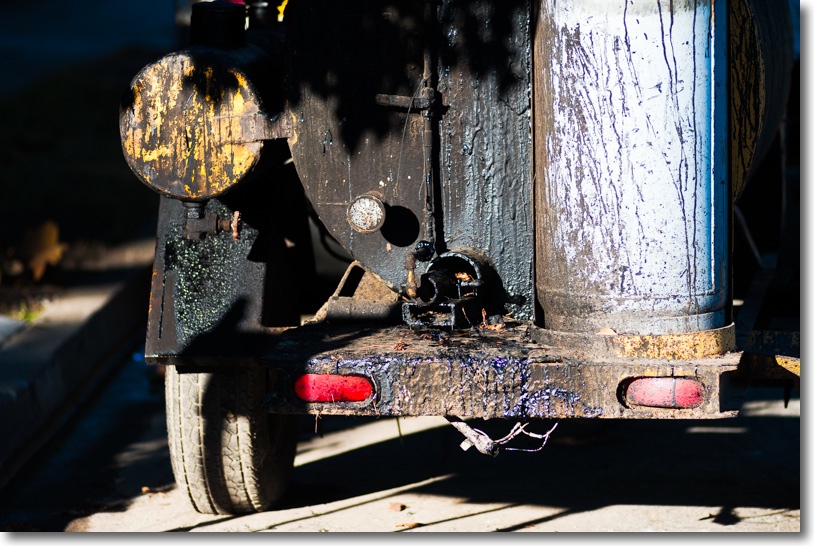
Tar truck. Molten tar is poured into the seams where new road work joins the old.
This prevents the entry of water and slows erosion at the seams.
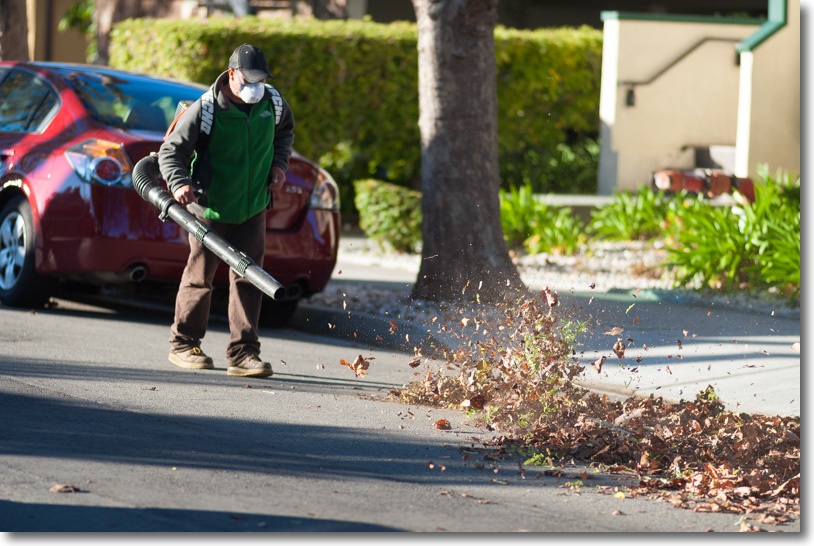
Leaf blower. Needless to add I got something in my eye….
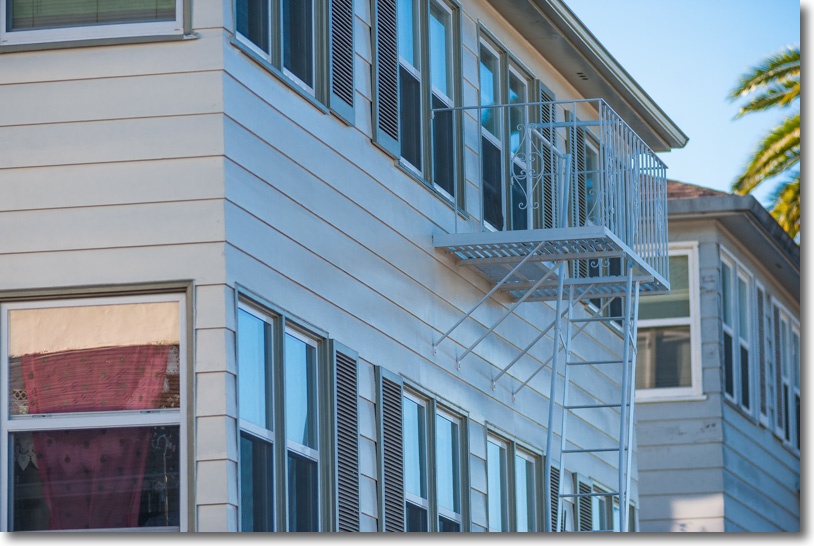
Even apartment buildings can be pretty. This one is done in southern plantation style.

Typical 180mm full aperture rendering.
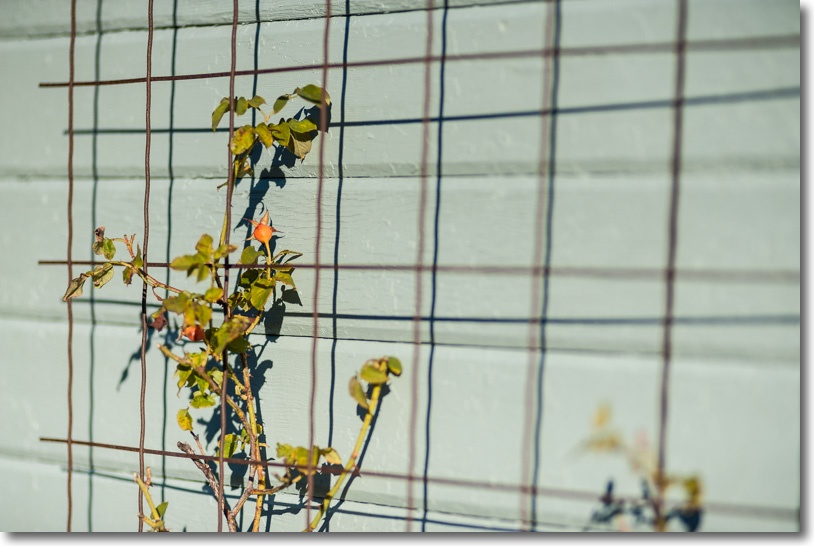
Last growth.
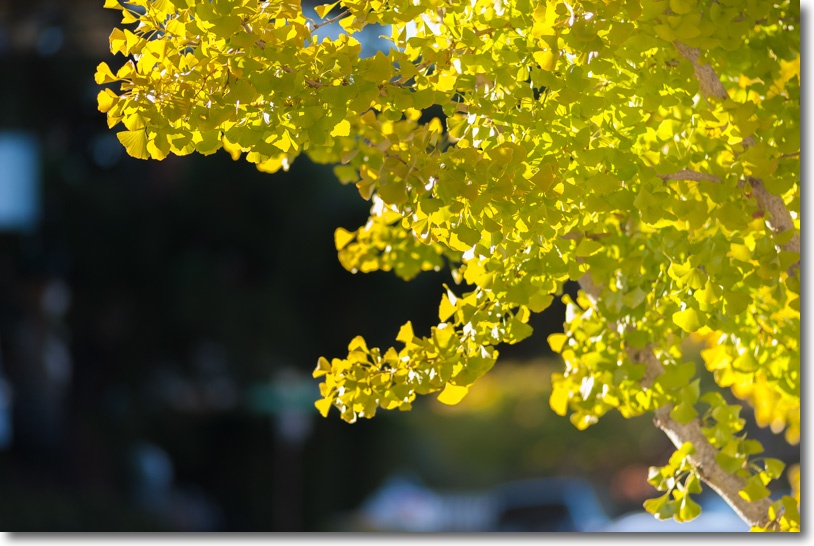
Autumn.
Should you opt for the AF or earlier MF optic? Both have stellar reputations. The answer is that the decision depends on what your uses are. Certainly focusing a lens this long and bright manually is easy. Objects snap in and out of focus with authority. If your persuasion is more on the candid/people side, as is mine, then AF makes better sense. If a more contemplative approach suits you, such as with architecture and landscapes, then MF is fine, and the lens will likely be cheaper. Good used AI-S versions may be found for $200-300 and adding a CPU means another $29 or so. Be warned though that CPU installation will require similar machining to that I adopted for the 300mm – see the link above. It’s not a simple ‘glue on’ job as there’s insufficient clearance between the baffle and the camera’s CPU contacts. It’s not difficult but if you are not handy with a Dremel and a file then this is not for you. And a CPU greatly enhances the functionality of the MF lens. The AI-S version is a couple of ounces heavier and the even earlier AI variant is 4 ounces heavier than the AF-D version. All have built-in hoods. There are also a pair of ‘non-D’ AF versions (the earlier with a plastic barrel which scratches easily, the later with the current crinkle finish) which do not sync up as well with Nikon flash units, but if flash is not a big deal for you everything else about it is identical to the current AF-D lens. The plastic barrel AF ‘non-D’ version is probably the best bargain if you can live with worn cosmetics.
Want to make your photography instantly better? Get a fast 180mm lens.
For snaps from my first serious outing with this lens, click here.